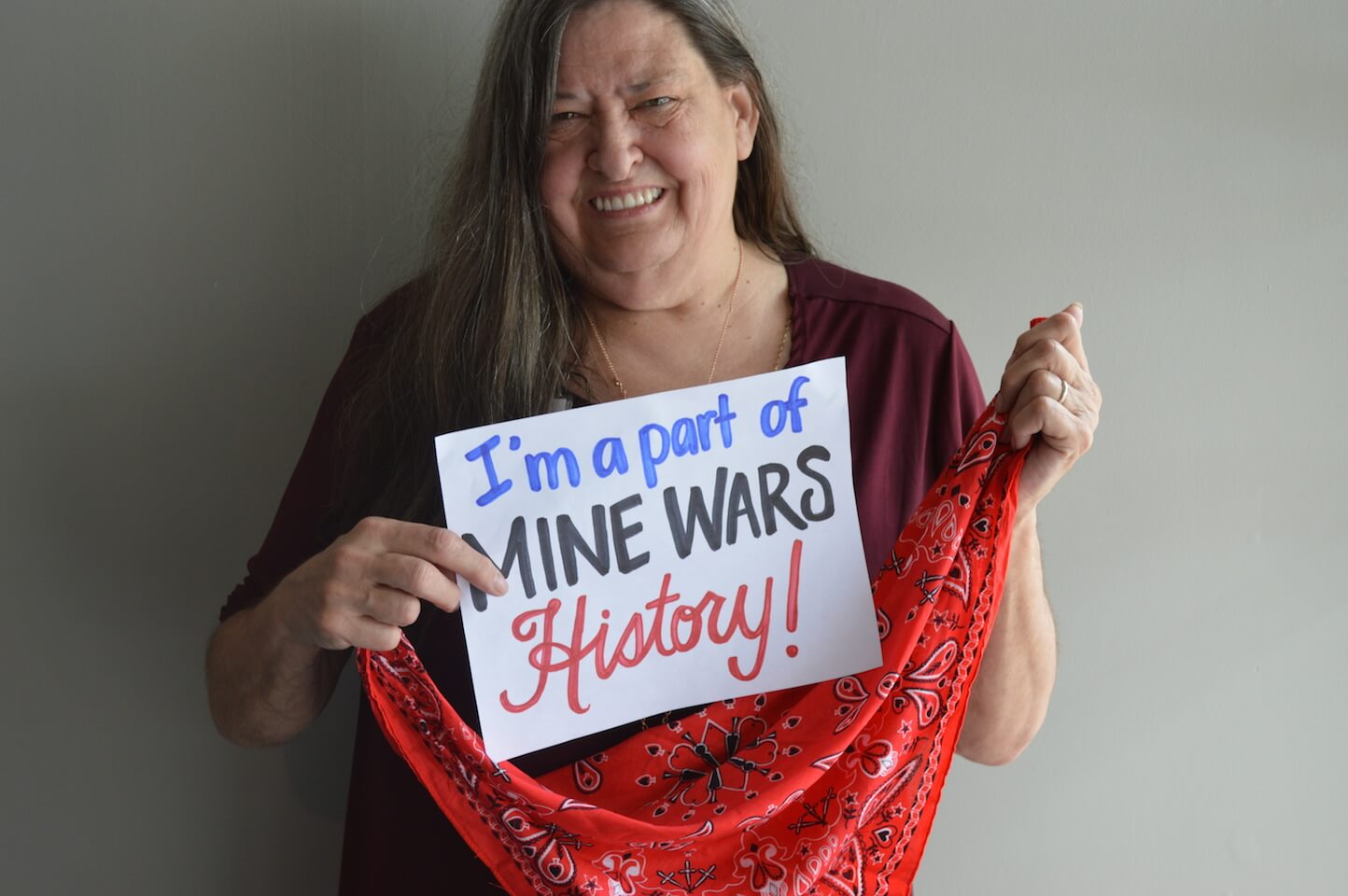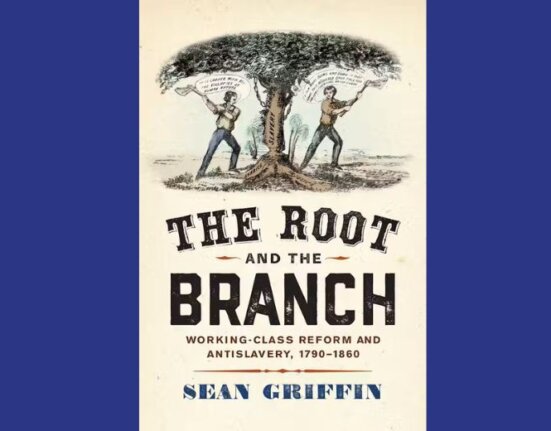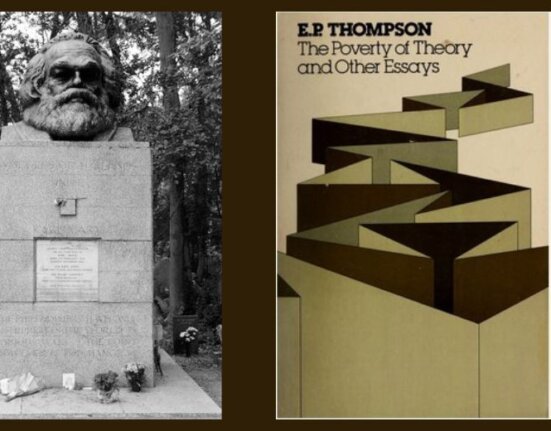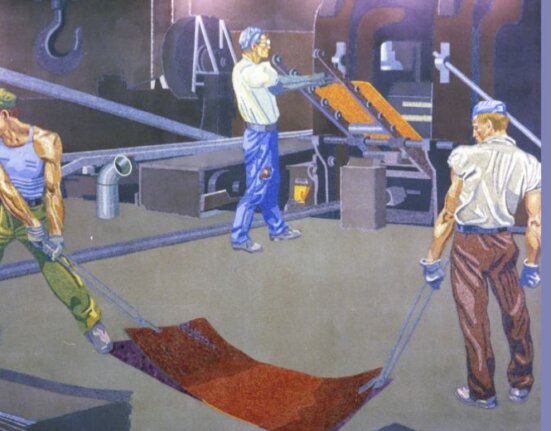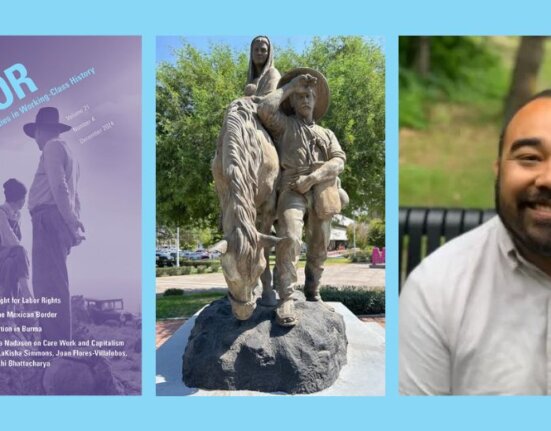The West Virginia Mine Wars Museum has just finished its third year open in Matewan, and what a year it was. We welcomed more than 2,000 visitors through our doors, celebrated Mother Jones’s birthday, won an exciting National Endowment for the Humanities grant, and had a very special 30th anniversary screening of “Matewan” with filmmakers John Sayles, Maggie Renzi, and Will Oldham—all the while, educating the public about the struggle of miners to unionize in the early 1900s.

We are ending the year with our second annual membership drive. While grants help us create wonderful programs like the “Matewan” screening, our members provide financial stability, help pay for part-time staff, and keep the museum open. We started our drive with about 150 members, and our goal is to reach 200 members by the end of the drive in January.
If you would like to become a member for as little as $3.50 a month or as much as $25 a month, it takes less than 5 minutes. Click on this link and enter your information, and you’ll receive a one-of-a-kind membership card, a free copy of the museum journal, and the pride that comes from helping preserve labor history in southern West Virginia. https://www.wvminewars.com/member/

The West Virginia Mine Wars Museum had its grand opening on May 16, 2015, and 500 visitors toured permanent exhibits about life in company towns, the Paint Creek-Cabin Creek Strike of 1912-1913, the Battle of Matewan, and the Battle of Blair Mountain.
United Mine Workers of America President Cecil Roberts spoke passionately about no longer letting the billionaires decide what our children learn in school, and David Corbin, author of Life, Work, and Rebellion in the Coal Fields, spoke about the role of women in the Mine Wars.
On street outside, the Matewan Drama group reenacted the 1920 battle between the Baldwin-Felts agents and the Matewan police chief Sid Hatfield and his deputies. Since then, our all-volunteer board of directors has worked hard to raise money, apply for grants, host events, and publish a journal, and we are thrilled with the museum’s successes.

We kicked off this year with a birthday party for Mother Jones, joining with other museums doing the same on social media. At that very moment, white nationalists from outside the region held a rally in nearby Pikeville, Kentucky, in an attempt to capitalize on the suffering and discontent of the working class. In my mind, this underscored the importance of reminding people of lessons from the Mine Wars and of West Virginia miners joining forces across ethnic and racial divisions to combat the worst excesses of capitalism.
One of our board members, author Catherine Moore, led the effort to win an NEH grant for a program titled Creating Humanities Communities. Moore proposed that the museum coordinate efforts in southern West Virginia for a grand Blair Centennial Celebration, commemorating the 1921 Battle of Blair Mountain.
We hope to bring together historical societies, preservation organizations, and reenactors for five days of events in different counties to remember the life and death of Sid Hatfield, the miners’ march, the battle itself, and other important moments.


October 7, 2017, is a day I’ll never forget. The West Virginia Humanities Council joined the Mine Wars Museum in hosting a 30th anniversary screening of the movie “Matewan,” and writer and director John Sayles, producer Maggie Renzi, and actor and musician Will Oldham came to South Charleston for the event.
Before the screening, Sayles, Renzi and Oldham met with museum members and shared some of their memories of making the movie, and after the screening they came up on stage for a panel discussion.
In a very emotional moment, some of the miners from UMWA Local 1440 in Matewan made Sayles an honorary member of their local.
The event raised more than $8,000 for the museum, helping to match the first year of the NEH grant.
Join us as we plan to commemorate some of the most important moments in Appalachian labor history.


